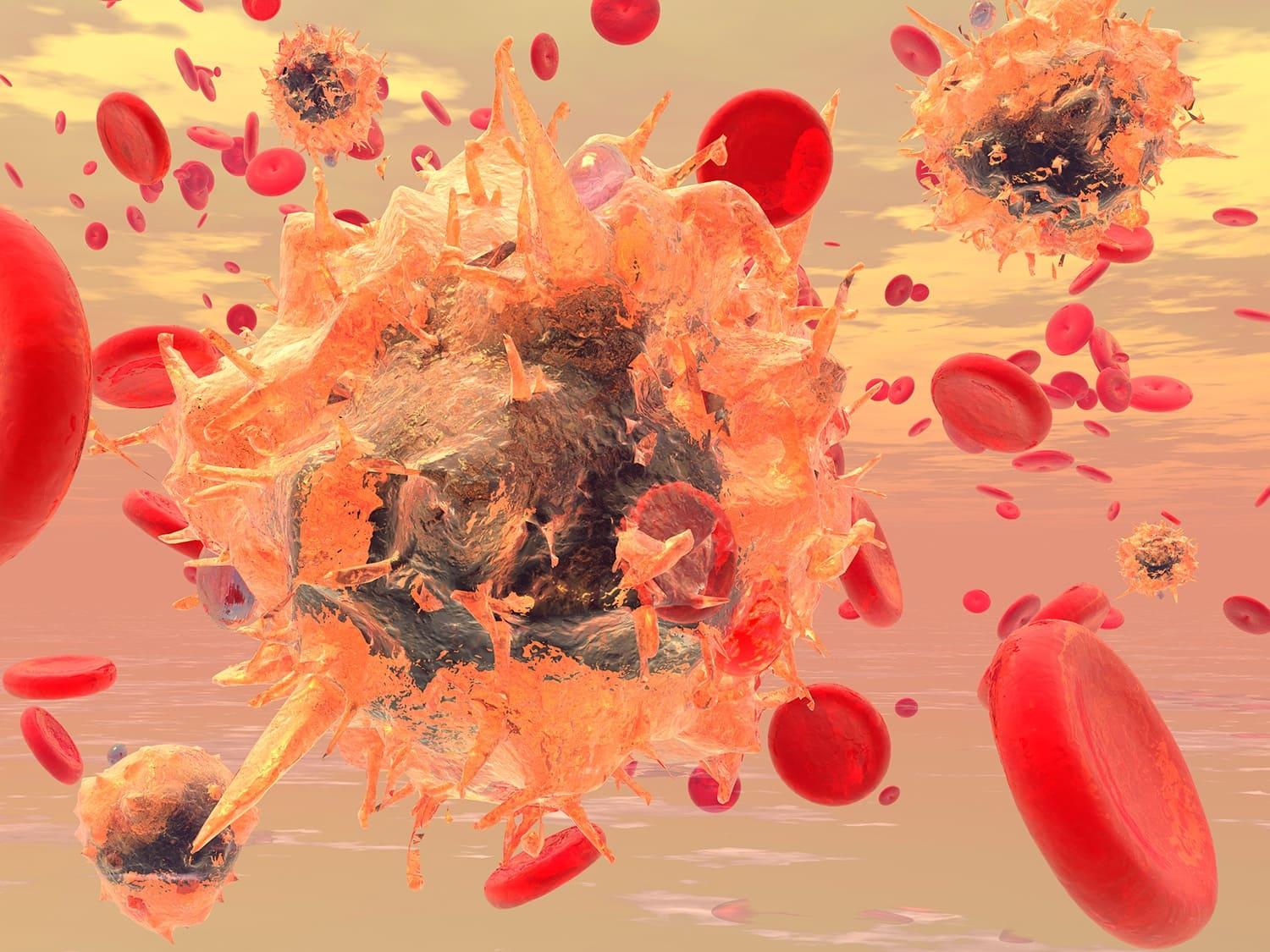KEY TAKEAWAYS
- The phase 1 trial aimed to characterize 225Ac-PSMA antibody response across metastatic sites in mCRPC.
- The resist demonstrated that 225Ac-PSMA-J591 shows promising efficacy for all metastases, especially bone/visceral.
225Ac-targeted Prostate-specific membrane antigen (PSMA) therapy holds promise for treating metastatic castration-resistant prostate cancer (mCRPC). There is limited understanding of varied treatment responses across metastatic sites like bone, nodal, and visceral locations. Notably, liver and bone/bone marrow are suggested as potential resistant sites.
In the Interventional study, Andres Ricaurte-Fajardo and his research group investigate response variations in these sites, aiming to enhance insights into 225Ac-labeled PSMA antibody therapy and its implications for personalized mCRPC management.
In a prospective single ascending dose phase 1 trial, 32 patients (pts) with mCRPC were treated with 225Ac-PSMA-J591. Although PET assessed PSMA imaging expression in most subjects, it was not used for participant selection.
Among 20 cases with baseline 68Ga-PSMA-11 PET/CT (bPET) and post-treatment PET/CT (fPET), researchers evaluated overall response using PERCIST and RECIST for measurable disease. Biochemical response (PSA50 response) was defined as ≥50% PSA decline post-treatment, and we assessed circulating tumor cells in pts with liver metastases by comparing baseline to 12-week counts.
The Lesion-based analysis measured SUVpeak for the three most and least avid lesions, comparing pre- and post-treatment SUVpeak and percentage decline. PET complete or partial response was evaluated at the patient and lesion levels, and we examined the frequency of PET response among bone, node, and visceral lesions.
The result showed that the analysis of 20 pts revealed a PSA50 response in 55%, with 35% showing an overall objective response on fPET. Among 08 cases with measurable disease, 88% exhibited stable disease, and 13% displayed progressive disease.
Patients with a biochemical response had higher probabilities of a favorable PET response. Examining data from 04 cases with liver metastases, the median liver metastasis SUVmax was 10.96. Post-treatment, 75% showed a reduction ranging from 17% to 88%, while 01 cases maintained similar PSMA avidity compared to liver uptake.
Across 204 lesions measured on baseline PET (bPET), significant post-treatment declines were observed in all metastatic categories, with median declines of -40% in bone lesions, -52% in visceral lesions, and -23% in nodal lesions. The objective PET response rate varied among visceral lesions (71%), bone lesions (52%), and nodal lesions (39%).
The research highlights the promising effectiveness of 225Ac-PSMA-J591 in addressing various metastatic categories, demonstrating particularly favorable responses in challenging bone and visceral lesions compared to nodal lesions. Notably, their analysis of 04 patients with liver metastases showed encouraging outcomes, with a substantial decrease in PSA levels post-treatment, indicating a positive therapeutic response.
Additional validation is required, as the trial results carry substantial implications for shaping future trial methodologies and guiding patient counseling. They emphasize the therapeutic potential of 225Ac-PSMA-J591 in the management of advanced prostate cancer. These findings contribute to the progress of personalized treatment strategies, aiming to enhance clinical outcomes for patients with metastatic castration-resistant prostate cancer. This study is sponsored by Weill Medical College of Cornell University.
Source: https://suo-abstracts.secure-platform.com/a/gallery/rounds/18/details/3265
Clinical Trial: https://www.clinicaltrials.gov/study/NCT03276572
Ricaurte-Fajardo A, Stangl-Kremser J, Martinez-Fundichel A, et al. “ASSESSMENT OF PSMA PET IMAGING RESPONSE IN METASTATIC CASTRATION-RESISTANT PROSTATE CANCER AFTER 225AC-J591 THERAPY: POST-HOC PATIENT-LEVEL ANALYSIS OF A PROSPECTIVE CLINICAL TRIAL”. Presented at SUO 2023. (Poster: 249)



